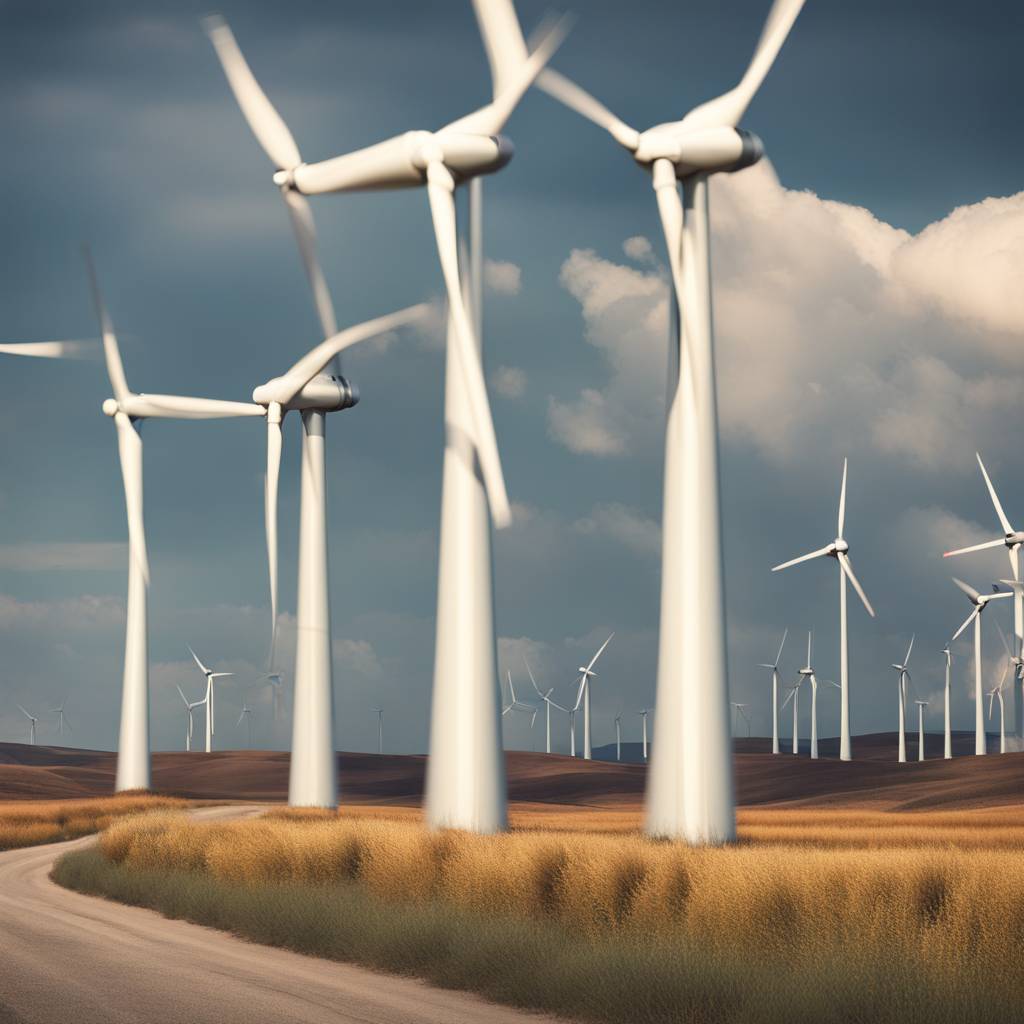The design of vertical-axis wind turbines (VAWTs) dates back to the 8th century, when they were first developed in the Middle East for grinding grain. Unlike the more common horizontal-axis wind turbines (HAWTs), VAWTs spin perpendicular to the wind, offering advantages such as reduced noise levels, greater wind energy density, and improved wildlife safety. Despite these benefits, VAWTs are not widely used in today’s wind energy market due to an engineering challenge related to air flow control. Sébastien Le Fouest, a researcher in the School of Engineering Unsteady Flow Diagnostics Lab, believes that sensor technology and machine learning can address this issue and unlock the potential of VAWTs.
In a recent study published in Nature Communications, Le Fouest and his team identified two optimal pitch profiles for VAWT blades using a genetic learning algorithm. By adjusting the blade pitch based on sensor data, the researchers were able to achieve a 200% increase in turbine efficiency and a 77% reduction in structure-threatening vibrations. This innovative approach not only enhances the performance of VAWTs but also turns their vulnerability to dynamic stall into a strength. By redirecting the blade pitch forward during dynamic stall, the researchers were able to generate additional power production downwind, contributing to the overall efficiency of the turbine.
Despite the current growth in wind energy capacity in Europe, Le Fouest emphasizes the need to accelerate this growth to meet the UN’s 2050 objectives for reducing carbon emissions. He believes that overcoming social and legislative barriers, such as public acceptance of wind turbines due to their size and noise, is crucial for achieving this goal. By optimizing the design and performance of VAWTs through innovative technologies, such as air flow control mechanisms developed in his research, Le Fouest hopes to make this technology commercially viable and contribute to a more sustainable energy future.
The researchers’ experimental application of a genetic learning algorithm to determine the best pitch for VAWT blades represents a significant advancement in the field of wind energy technology. By combining sensor technology, machine learning, and innovative engineering solutions, they were able to address the traditional limitations of VAWTs and enhance their efficiency and robustness. This approach not only demonstrates the potential of VAWTs as a viable alternative in the wind energy market but also highlights the importance of continued research and development in sustainable energy technologies.
Moving forward, Le Fouest has received funding to build a proof-of-concept VAWT and test it in real-world conditions. By installing the prototype outdoors and monitoring its performance, the researchers aim to validate their air flow control method and demonstrate the potential of VAWTs as a reliable and efficient renewable energy source. Ultimately, their goal is to bring this technology to maturity and make it commercially available, paving the way for a more sustainable energy future powered by innovative wind turbine designs and solutions.













